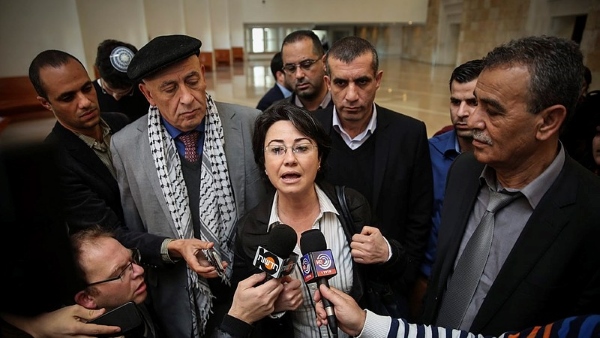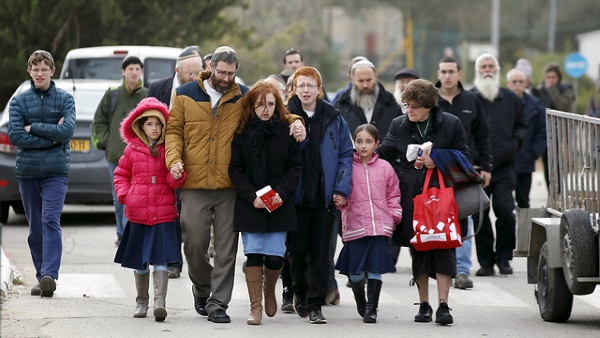In economics, a ‘leading indicator’ is something that can be used to predict the future behavior of a market or even a national economy. For example, if the number of building permits issued per month increases, then one might expect that construction activity will soon follow, along with higher stock prices for companies making or selling building materials.
There are also social and political leading indicators. It used to be said that California was a leading indicator for the US as a whole, and in some ways this is or was true. California experienced the increasingly extreme polarization of left vs. right – Berkeley against Orange County – back in the early 1960s, before it became the rule rather than the exception.
Young people are the ultimate political leading indicator, with adjustments for their immaturity and tendency to tilt leftward. After all, they grow up to become our political and cultural leaders.
And young people in the US have changed greatly in the past 50 years or so. Perhaps I should say that they have been changed. It started in the late 1960s, when the system of higher education – which influences young people at the age that they are first developing their political consciousness – underwent a rapid and massive upheaval.
I was in college and graduate school between 1960 and 1970, first as a student and then as a teacher. I continued to teach part-time for a year afterwards, before I realized that I wasn’t suited for academic life. I watched the change happen in real time.
One aspect of it was the politicization of the professoriate. Although there were exceptions, in 1960 there was a general belief that a teacher should be objective; that is, that he should not allow political opinions to color his presentation. It was recognized that to some extent it is impossible to prevent personal politics and prejudices from affecting teaching, but it was expected that an instructor would try his best to be fair when dealing with controversial subjects.
By 1970, it was generally believed that objectivity was impossible, and therefore – a very unsound inference – that no attempt to achieve it should be made. Not all, but many teachers unabashedly delivered political polemics in their classrooms and engaged in political organizing on campus. This was justified as ‘academic freedom’, even though the original concept of academic freedom was about freedom to take positions unpopular in a professor’s discipline, not to pontificate about unrelated political issues.
At the same time, the black civil rights movement and the other ‘liberation’ movements that it inspired drew attention to the fact that culture, history, and contributions to society of groups like African-Americans and women were often ignored in scholarly and popular discourse, and that their disadvantaged position in society was partly a result of this.
The solution that was demanded, however, was not to make existing disciplines mend their ways but to establish new and separate disciplines of Black Studies, Women’s Studies and others. A corollary to the dogma that objectivity is impossible is the one that only a member of a designated ‘oppressed’ group can understand the problems of that group, so the staff of these departments had to be drawn from the relevant groups. Such departments were very highly politicized, sometimes so much so that their members were primarily political activists and only secondarily teachers. Today, some of the most politically active academics, some of them radical extremists, come from departments of ethnic and gender studies.
There were several other related changes. Because minority students were under-represented, universities ‘solved’ the problem by including ethnic criteria in admissions decisions (affirmative action) or going to an open admissions model, in which any high school graduate from a given area who applied would be admitted regardless of grades and test scores (one highly controversial example was the City University of New York).
Sometimes administrators and faculty accepted these changes because they were ideologically in agreement with them, but in many other cases they did so out of fear of violent disruptions if they did not meet the non-negotiable demands of student activists. The success of the politics of fear was in itself a lesson for students.
Also at the same time, the combination of increased admissions of students that were not prepared for traditional university-level academic work, fashionable educational theories which saw grades and competition as destructive to learning, as well as the non-judgmental atmosphere of the time, led to grade inflation. Suddenly, the average grade in most non-STEM courses became a B+ or A- instead of a C, and no one who could drag his or her body to class got less than a passing grade.
When I started college in 1960, it was understood that students who couldn’t meet academic standards would be kicked out, and they were. By the end of the decade, the only real requirement for graduation was attendance.
So what has come out of the post-sixties American system of higher education? Here is a list:
- Indoctrinated students, taught factually incorrect and politically biased material by activist professors
- Students unable to distinguish between academic studies and political polemics
- The rise of identity politics, in which political decisions are based on race or ethnicity
- Postmodernism, in which truth itself is subordinate to identity
- Laziness and lack of perseverance
- The belief that the best way to achieve political goals is by violence or threats of violence
- A general belief that success is coming to you and doesn’t need to be earned
- A lack of respect for the norms of a free society, especially freedom of expression
Barack Obama is a product of this system and was elected by products of it. His anti-Western bias and intellectual laziness come directly from his academic mentors, such as Edward Said. His election was a triumph of identity politics.
There has been little improvement since the 1960s. Recently, the values of democracy and free speech have come under attack on campuses allegedly to protect tender students from disturbing ‘triggers’ and providing them ‘safe spaces’ to avoid ideas that might make them feel threatened. Administrators and faculty, who by now are mostly baby boomers and younger, have responded in the most craven way possible.
In some cases students have been allowed to give free reign to brutal fascism without even having to come up with excuses. For example, on several campuses, anti-Israel students have disrupted lectures or classes by Israeli officials, pro-Israelis or even left-wing Israelis who criticize government policy, simply because they are Israelis. Faculty members that are even slightly pro-Israel have been hounded off campus and given no support by their administrations.
When they graduate and take actual jobs, the former students begin the maturation process that was delayed by their four or more years at the university (the Israeli custom of military service before university studies is far superior in this respect, despite a similarly politicized faculty). If they work in private industry, they might even be forced to take responsibility for the success – not just the attempt – of their endeavors, although this is by no means guaranteed. Many never take responsibility for anything, not at work and not in their private lives.
The changes that began in the 1960s and 70s molded the generation of Americans, led and exemplified by Barack Obama, whose members are now presiding over America’s abdication of its world leadership role. They are the products of its elite universities, holding important positions in government, media, nonprofits and academia.
Judging by the ideological climate on campuses today, the next few years promise to be even worse. The leading indicators tell us so.



